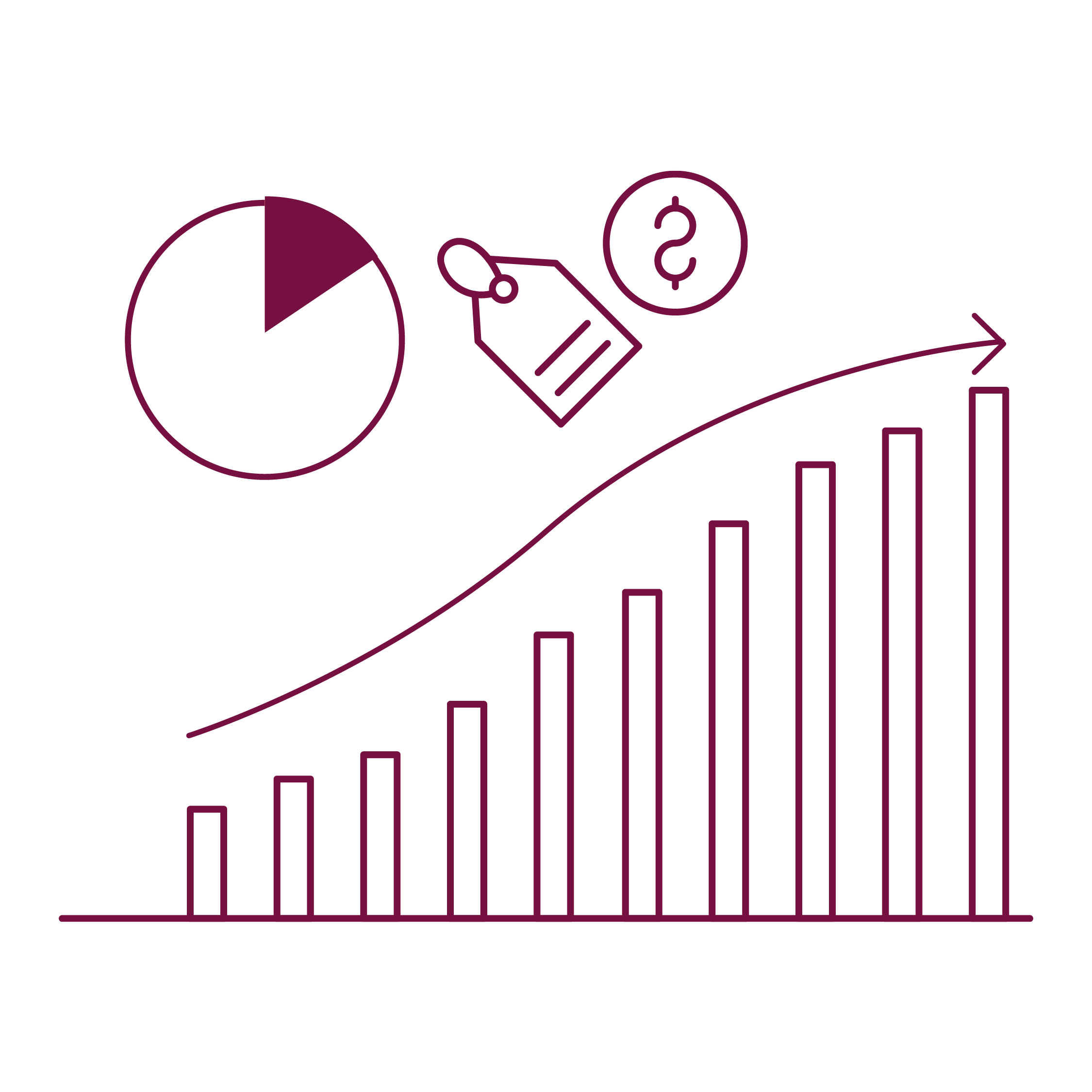In our latest global economic outlook, we take stock of where we stand during the current crisis recovery and assess how continued uncertainty about current virus dynamics might affect the growth outlook and capital markets in both advanced and emerging market economies.
- Global growth should remain robust but uneven, with rising divergence between advanced and emerging market economies.
- Global trade is expanding once again above the long-term average but will be disrupted by labor and supply chain bottlenecks, amplified by omicron.
- We continue to expect pervasive supply-demand imbalances to keep inflation high until the end of the first half of 2022 in both advanced and emerging markets.
- Gradually rising rates will continue to provide a benign but increasingly fragile capital market environment.
- Despite the emergence of yet another Covid-19 mutation, the economic impact of the pandemic is generally weakening.





